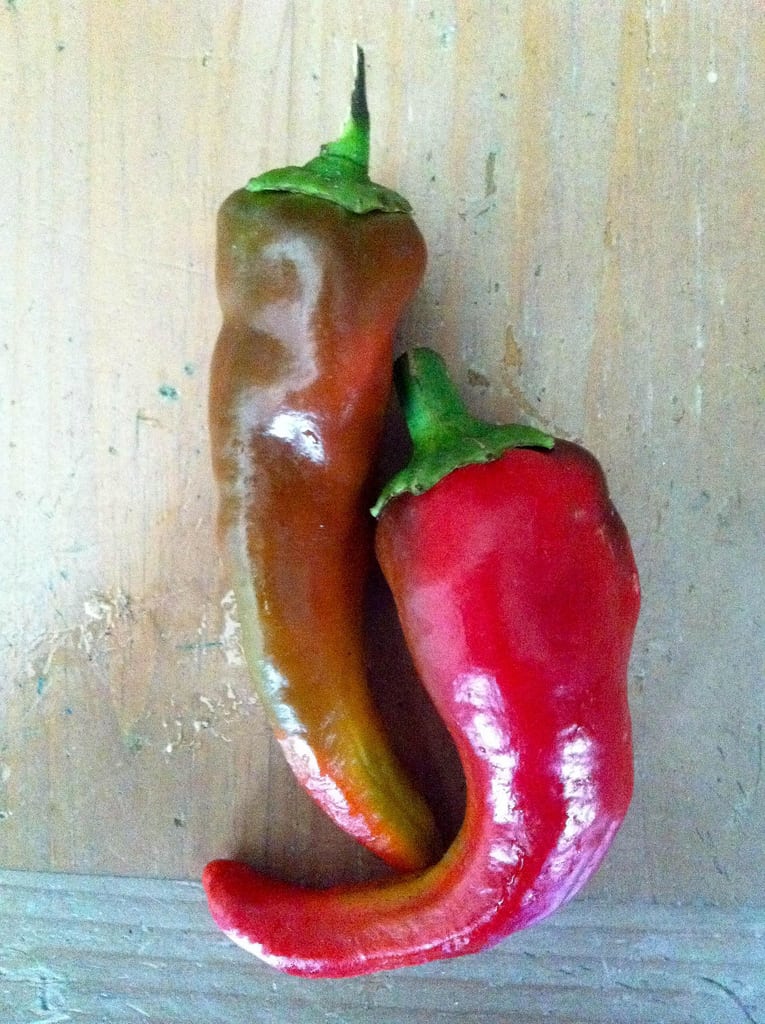Italian Sweet Pepper Care: Tips For Growing Italian Sweet Peppers


Spring sends many gardeners feverishly scanning seed catalogs to find interesting, tasty vegetables to plant. Growing Italian sweet peppers provides an alternative to bell peppers, which often have a hint of bitterness that can impact the palate. Also, a variety of Capsicum annuum, the benign flavors of Italian sweet peppers translate seamlessly into a wide variety of dishes and are delicious eaten raw. Plus, their bright colors enhance the senses and create a beautiful plate.
What is an Italian Sweet Pepper?
Choosing the right pepper for your garden will often depend upon how you intend to use them. Hot peppers have their place but overpower many recipes. That is where the Italian pepper can excel. What is an Italian sweet pepper? Peppers are actually a fruit and not a vegetable. Italian sweet pepper uses can fill in for many other fruits used in cooking. Their gentle flavor takes on spicy notes, sugary flavors, or adds zest to savory dishes. The seed packet for these delicious fruits will contain Italian sweet pepper information for growing but rarely mentions much about their use and flavor. Ripe fruits are bright red or orange. The peppers are much smaller than a bell, elongated, tapered, and slightly curved with a glossy, waxy skin. The flesh is not quite as crisp as a bell pepper but has definite appeal. These are the peppers that are the heart of a classic sausage and pepper sandwich. Other Italian sweet pepper uses include their ability to stew well, remain firm in stir fries, add color and zing to salads, and make excellent pickles.
Growing Italian Sweet Peppers
For bumper crops, you should start the seeds indoors eight to ten weeks before your last anticipated frost. Sow in flats with just a dusting of soil on top of the seed. Germination can be expected in 8 to 25 days where flats are kept moist and in a warm location. When seedlings have two sets of true leaves, move them to larger pots. To transplant sweet peppers outdoors, gradually harden them off for at least a week. Raised beds are best in soil pH of 5.5 to 6.8. Amend soil with organic material and cultivate to a depth of at least 8 inches (20 cm.). Space plants 12 to 18 inches (31-46 cm.) apart.
Italian Sweet Pepper Care
These peppers need at least eight hours of sun per day to set fruit. Initially, plants may need row coverings to prevent insect and pest damage. Remove the cover when plants begin to bloom so pollinators can get in and do their work. A top dress of compost can impart essential minerals, conserve moisture, and prevent some weeds. Keep competitive weeds away from the bed, as they steal nutrients and moisture from the plants. Calcium and phosphorus are important nutrients for fruit formation. Most Italian sweet pepper information lists aphids and flea beetles as the primary insect pests. Use organic pest control to keep the fruits safe to eat and minimize chemical toxicity in the vegetable garden.
Sign up for the Gardening Know How newsletter today and receive a free copy of our e-book "How to Grow Delicious Tomatoes".

Bonnie Grant is a professional landscaper with a Certification in Urban Gardening. She has been gardening and writing for 15 years. A former professional chef, she has a passion for edible landscaping.